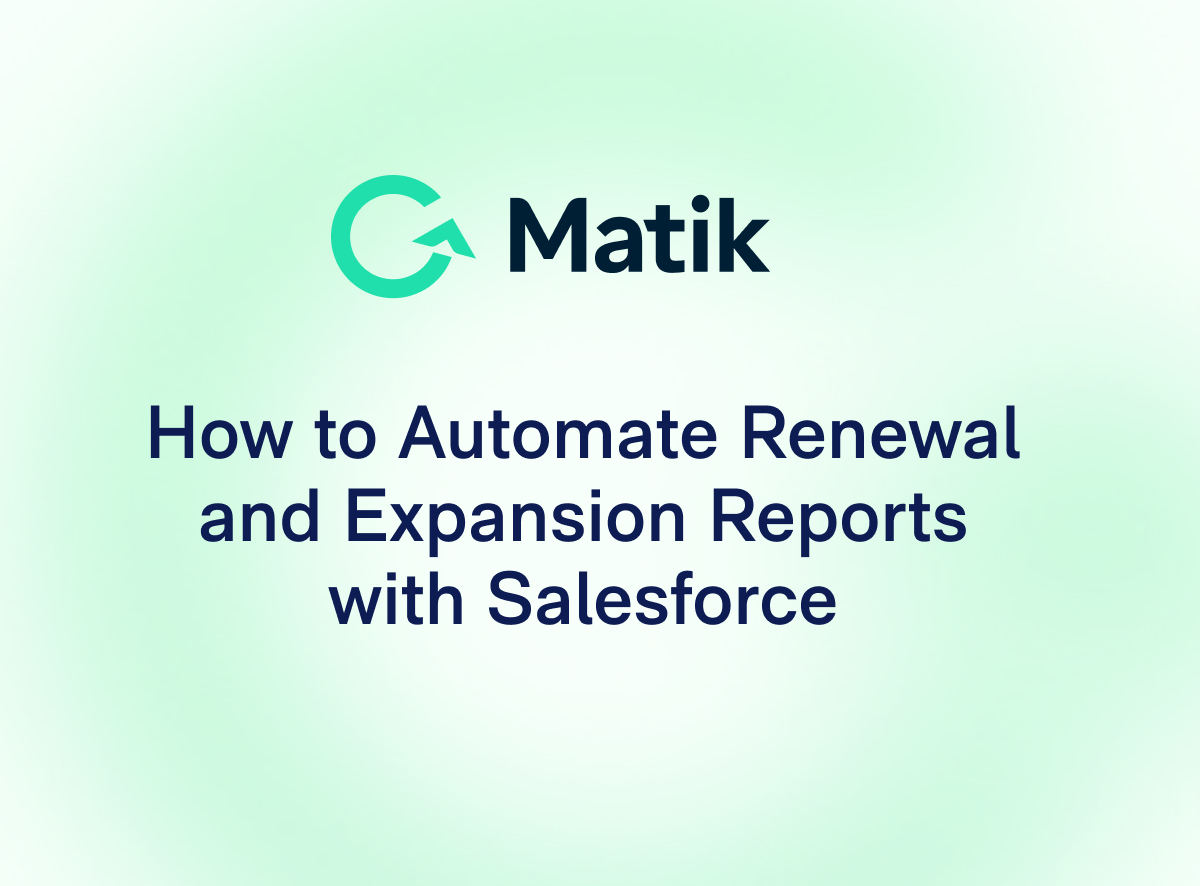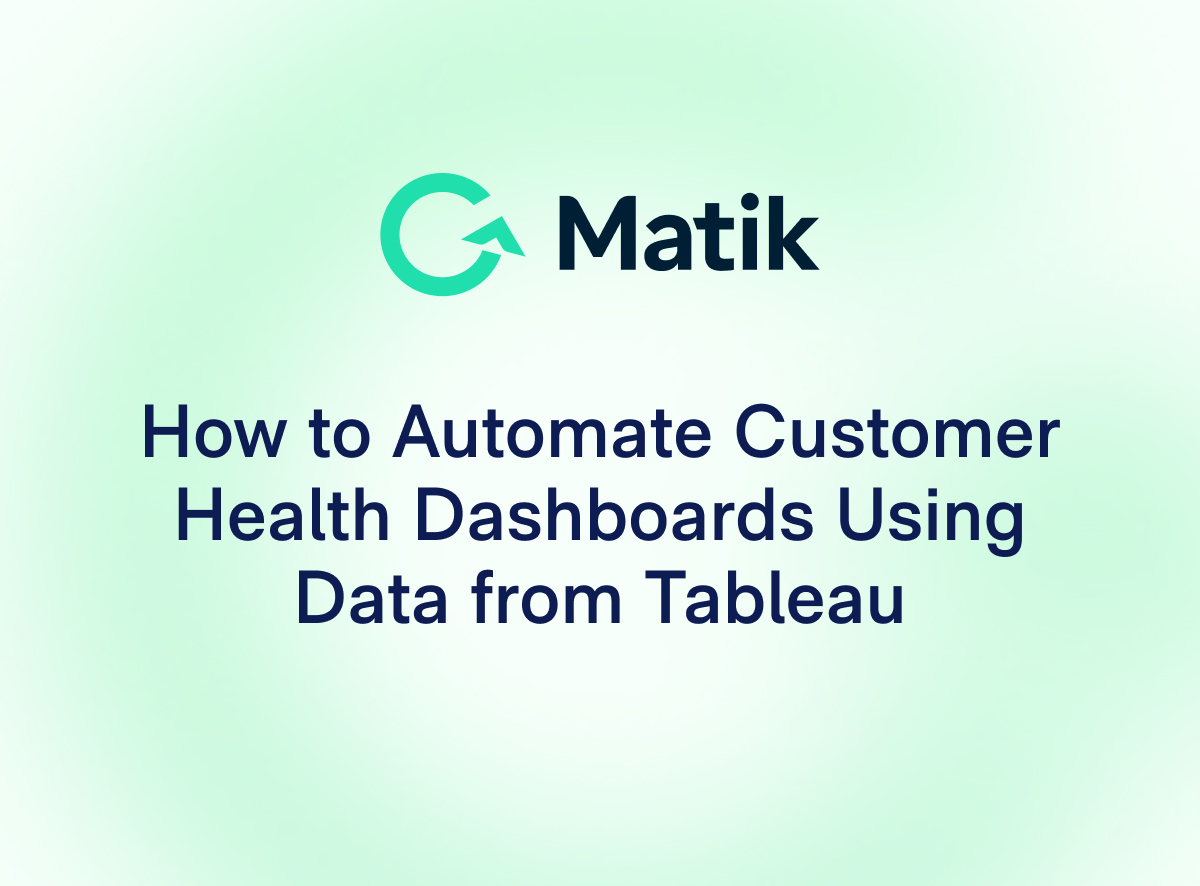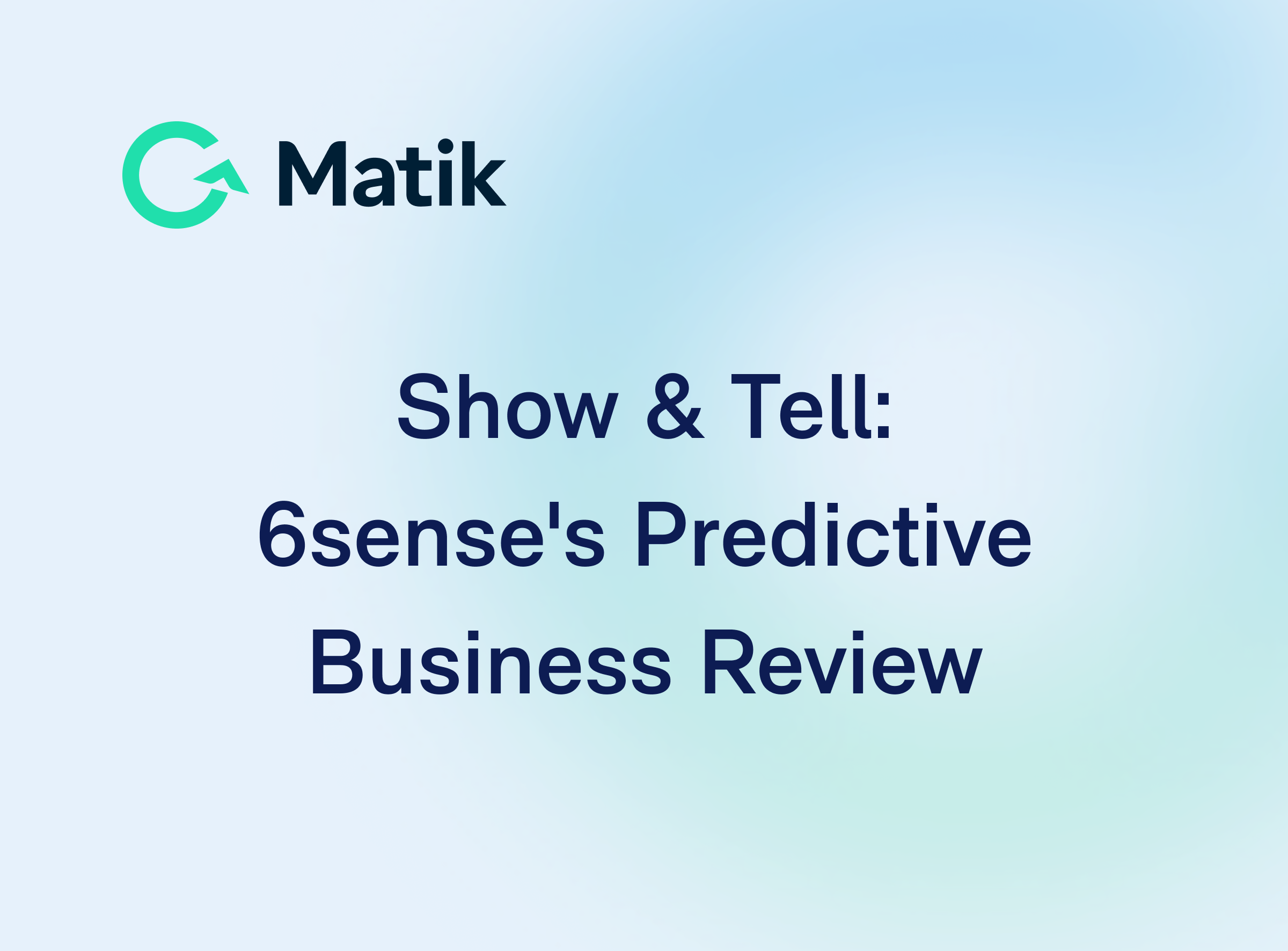Join Our Newsletter
Gainsight’s customer success platform is full of data points that provide insight on the customer experience. It can be used to measure account data, usage data, account activity, health scores, and more, and it helps CS teams keep track of progress toward goals. All of this information can be used to tell data-driven narratives that prove product value, but it can be time-consuming to translate all of that data into customer-facing resources. In addition, teams must use that data to build insights around key objectives like ROI, which can be challenging to glean when looking at in-depth reports.
Read on to learn more about how to translate Gainsight data into value-driving information for your customers.
Types of Gainsight data
There are several kinds of data that you can be pulling from Gainsight to create compelling data-driven content: account data, usage data, ROI data, and benchmarking data. By delivering these types of data at different stages of the customer journey in a digestible, compelling format, you can develop data-driven stories that communicate product value.
Account data
Gainsight is essentially a CRM for CSMs. In it you have in-depth information about customer goals and objectives, details on what they have purchased, and related timelines. CSMs can use this type of information during the onboarding phase of the customer lifecycle to build trust while the customer gets ramped up with the product. Bringing this information to the forefront allows you to stay aligned with the customer’s goals and objectives even if they change, reminds the customer why they chose your product in the first place, and establishes a clear path forward.
Account data serves as foundational information you can pull from Gainsight to build more in-depth data-driven stories later on. Once the customer has been using your product for a while, you can use account data in combination with other data to prove the value of your product.
Usage data
It’s important for CSMs to have visibility into a customer’s product usage data, such as the number of seats in use, feature adoption, and in-depth success plans that track activity toward the customer’s key objectives. Gainsight can provide usage data if your instance is set up that way, and sharing this information with customers can help optimize their usage and drive adoption. Usage data is especially helpful to share during the adoption stage of the customer lifecycle. Even if the data isn’t favorable, it can be used as an opportunity to have a discussion with customers about any blockers they might be experiencing.
CSMs can also use Gainsight success plan data to track a customer’s progress toward their strategic goals and provide usage recommendations to help them get there. For example, if a customer could benefit from wider adoption of one specific feature, their CSM can share usage data from within Gainsight to back that up and help their customer be more successful.
Calculated ROI
Showing your customers the return on investment they’ve had with your product is probably the most important information you can give them—it proves the value of your product, builds trust, and reminds them of the progress they’ve made. While ROI data may not always be explicitly available in Gainsight for every account, the other types of data found in Gainsight, such as account and usage data, can be used to calculate ROI estimates and projections.
ROI data is especially important to share during the renewal phase of the customer journey. This is when your customers consider whether or not they want to continue investing in your product, and it’s important to sift through the data you have to tell a clear story of product value for their account specifically. Use Gainsight data to provide a personalized ROI estimate that customers can share with their teams to help reinforce their decision and encourage them to stay onboard.
Benchmarking
You can also use Gainsight to develop benchmarking data for your customers. Benchmarking data is helpful to provide to customers in the expansion phase. Take a look at your high-performing customers in Gainsight—focus on the ones with high usage and adoption numbers, high health scores, or the ones who have achieved their success plan goals. Look into what helped them get there and the ROI they’re experiencing with your product. Then, use that as a benchmark for other customers.
By comparing a specific customer to a related top-performing account, you can help provide recommendations that will fuel their progress and help them see similar results. Share benchmarking data with customers to effectively establish your company as a valued, trusted advisor, rather than just another vendor.
__________
Gainsight is one of Matik’s newest data sources—Matik users can also pull data from other CRM platforms like Salesforce and Hubspot, as well as BI tools and data warehouses, to tell a comprehensive story. By using Matik to translate data from these data sources into personalized presentations for customers, your team can more effectively communicate the value of your product while saving time and resources.
---
See Matik in Action—Request a Demo















